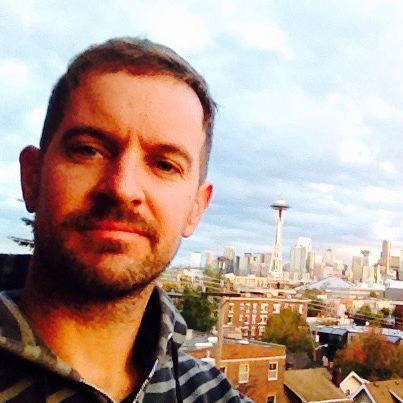A report on Washington state’s dwindling wild salmon populations offers a warning to Alaska, where several stocks have registered concerning declines over the past years.
Washington's 2020 State of the Salmon in Watersheds report chronicled a bleak panorama, with 14 of the state’s species listed as endangered. While conversation efforts have succeeded in revitalizing some salmon runs in Washington, the report said fish stocks in the Pacific Northwest face an uphill battle.
“Too many salmon remain on the brink of extinction. And time is running out. The climate is changing, rivers are warming, habitat is diminishing, and the natural systems that support salmon in the Pacific Northwest need help now more than ever,” the report said.
Alaska’s salmon runs, meanwhile, remain far more sustainable and productive than runs in Washington, but declines associated with climate change and habitat degradation have concerned biologists, prompting the Alaska Department of Fish and Game to publish a growing list of stocks of concern.
Daniel Schindler, a professor at the University of Washington’s School of Aquatic and Fishery Sciences, told SeafoodSource that on strictly economic terms, the situation in Washington is a stark warning to Alaska.
“We are spending hundreds of millions of dollars every year to try to figure out why these fish are on the ropes, to restore their habitat, to prop them up with hatcheries," Schindler said. "It’s sucking money in rather than producing money."
And while some stocks have flagged over the past years, Schindler, who spends his summers in Bristol Bay, Alaska, said that overall, Alaska salmon populations provide a net positive.
“It doesn’t cost anything to society to have those populations out there. Yes, there are a couple out there that aren’t doing that well, and there’s variation in certain populations, but most of them are doing really well,” Schindler said.
According to Schindler, Washington is paying the price for failing to protect habitat, and Alaska should be learning from that failure.
“Alaska is on the edge of making the same mistakes, and now is the time to make the right decisions and protect the habitat. You don’t need hatcheries if habitat is in good shape, and once you mess up habitat, it’s really expensive and often impossible to restore it,” Schindler said.
With Washington salmon fisheries on the brink, the report said the state risks losing some 16,000 jobs and USD 540 million (EUR 445 million) from commercial fishing and another USD 1.5 billion (EUR 1.24 billion) from sport fishing. The reports said the loss of salmon runs would take orca whales with it and strip the Washington Native tribes of a foundational part of their identity.
SalmonState Executive Director Tim Bristol said the consequences of losing salmon in Alaska would be at least just as devastating.
“If Alaskans want to continue filling our freezers with wild salmon, taking our children and grandchildren sport fishing on the Kenai, practicing Native traditions that have been in place for millenia, and seeing wild Alaska salmon featured on menus around the world, then we must prioritize protection of Alaska’s salmon watersheds. I hope we learn from Washington’s lessons outlined in this report. We have a responsibility to future generations to protect the last best place for wild salmon left in the world, and keep Alaska’s place as 'The Salmon State,'” Bristol said.
Photo courtesy of Edmund Lowe Photography/Shutterstock







